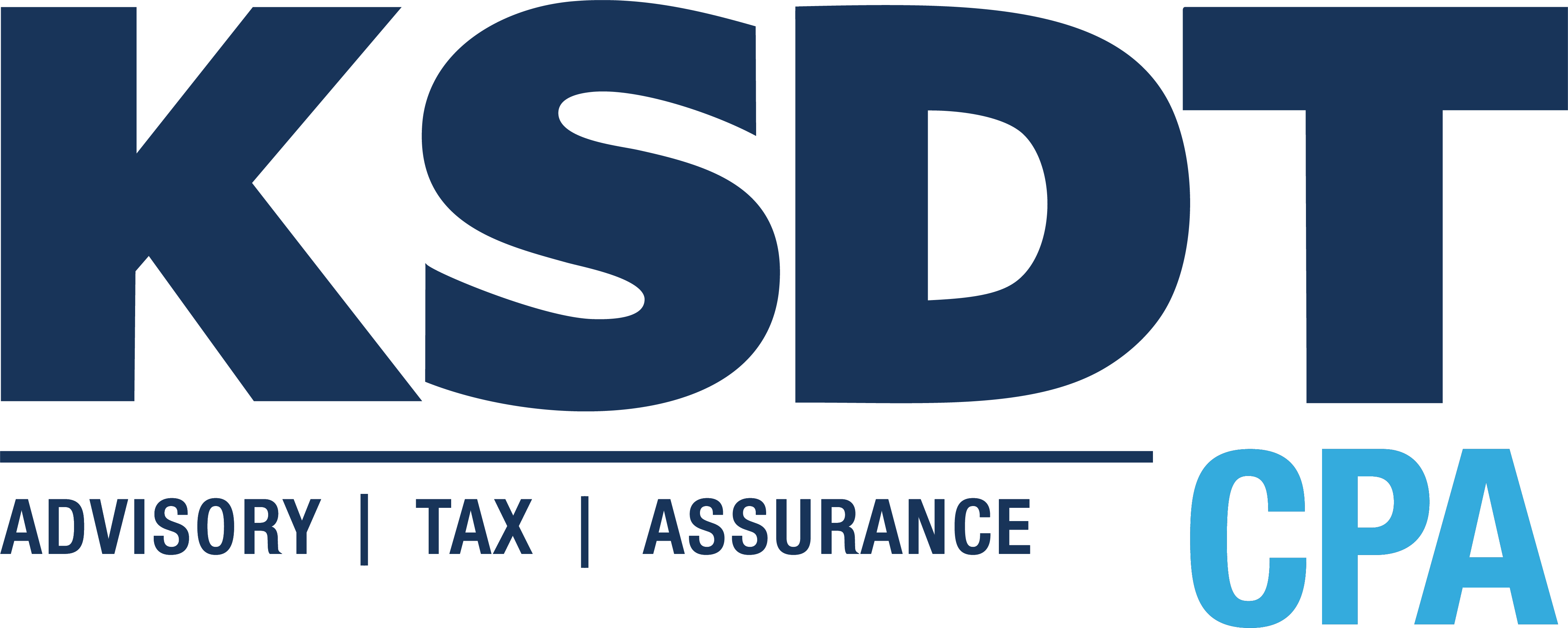 Collecting sales tax is one of those things that most businesses need to do on a regular basis. It’s also a chore that is somewhat done by machines and administrative personnel. If the rules change and the procedures go out of date, business owners who are not watching for these changes could be taking risks they don’t realize they have. Read more
Collecting sales tax is one of those things that most businesses need to do on a regular basis. It’s also a chore that is somewhat done by machines and administrative personnel. If the rules change and the procedures go out of date, business owners who are not watching for these changes could be taking risks they don’t realize they have. Read more
In 2018, the world of sales tax was turned upside down by one court case: South Dakota vs Wayfair, Inc. Wayfair is a mid-sized furniture retailer based in Boston, MA that the State of South Dakota sued to collect sales tax from. Wayfair has no physical store or presence in South Dakota but was selling to residents in South Dakota. The Supreme Court held that Wayfair needed to collect tax from the South Dakota residents they were selling goods to.
From Physical Nexus to Economic Nexus
The court case, which was decided June 21, 2018, changed the rules of online interstate sales. Previously, most states required businesses to collect sales tax if they had a physical presence or nexus in the state, meaning they had an office, building, warehouse, or even employees in the state.
Now, many states are rewriting their rules to follow economic nexus, which is when a company has (enough) customers in a state. Alabama, Arkansas, Colorado, Connecticut, Georgia, Hawaii, Illinois, Indiana, Iowa, Kentucky, Louisiana, Maine, Maryland, Massachusetts, Michigan, Minnesota, Mississippi, Nebraska, New Jersey, Nevada, North Carolina, North Dakota, Oklahoma, Pennsylvania, Rhode Island, South Carolina, South Dakota, Tennessee, Utah, Vermont, Washington, Wisconsin, and Wyoming all have economic nexus laws that are effective now or will become effective on January 1, 2019. And this list is ever-changing.
Many of the states have a threshold of $100,000 of sales in one year in the state before a business needs to collect and file sales tax.
Changes in What’s Taxable
Businesses also need to review changes in items that have become taxable that were not previously taxable. Retail goods that are physical are pretty straightforward, but services are not. All states tax services differently, and states change what’s taxable over time.
This means you should periodically review all of the products and services you sell to determine if you are collecting tax on the proper sales. Better yet, have a professional do it so you don’t have to wade through legal laws.
Rate Changes
Periodically, sales tax rates will change. This is the easiest change to keep up with as your sales tax authority will usually notify you of these changes.
Deadlines for Paying and Reporting
The frequency with which you pay and report sales tax will vary based on the volume of sales and tax you collect. When a limit is reached, you may need to pay more often.
Sales Tax Apps to Make Your Job Easier
There are many great sales tax software add-ons that can help you collect and report the correct sales tax amounts. At the large firm level, there is Vertex and Avalara. In addition, at the small firm level, TaxJar is popular. We can help you integrate these apps with your accounting software.
Your 5-Item Checklist
The five items above are the things you should be monitoring with regard to sales tax liability. States have strong penalties but also have amnesty programs on a regular basis.
If you plan to sell your business, the owner will most likely conduct a sales tax audit. If it’s determined that you owe sales tax, it will greatly reduce the value of your business.
Feel free to reach out to us if you need help from us to measure your exposure in this area. We can either handle the engagement ourselves or refer you to a sales tax expert.




